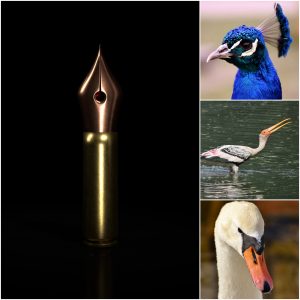Week 6 “Getting to WHY”
Posted in Uncategorized on March 20th, 2018Week 6 Blog Post

This post was based on this passage from the Ismail R. Al-Faruqi text, “Misconceptions of the Nature of Islamic Art”. Here, on page 29 the author says “And yet Western scholars of Islamic art have been unfair in their overall assessment of its real value. For all their self-application their seriousness and brilliance, their hard work and perseverance, they have failed in the supreme effort of understanding the spirit of that art, of discerning and analyzing its Islamicness. For lack of any such understanding they fell upon the spirit of their own art (i.e. Western art) and, armed with that spirit as absolute norm of all art, they sought to bend Islamic art to its categories. And, when Islamic art naturally refused to be bent, their misunderstandings of it deepened.”
This passage here stood out to me. After reading it, my first takeaway was that although these Western art critics had analyzed the “What?” of the art and probably could conjure the “How?” of the process in which the art was created, I am afraid they were missing the most significant part of the works of art, the “Why?”. They lacked a deep and nuanced understanding of why the artist created these pieces the way that they did. Whether it be calligraphy, mosques, or pottery, all of these have deep religious meanings that one cannot gather from just simply observing. It requires developing an understanding of the Islamic faith and the particular subculture to really be able to appreciate the art. I wanted this collage to resemble that. By using a more standardized H and two more artistic letters on the outside I hope to juxtapose rules with expression, for such there are none.

